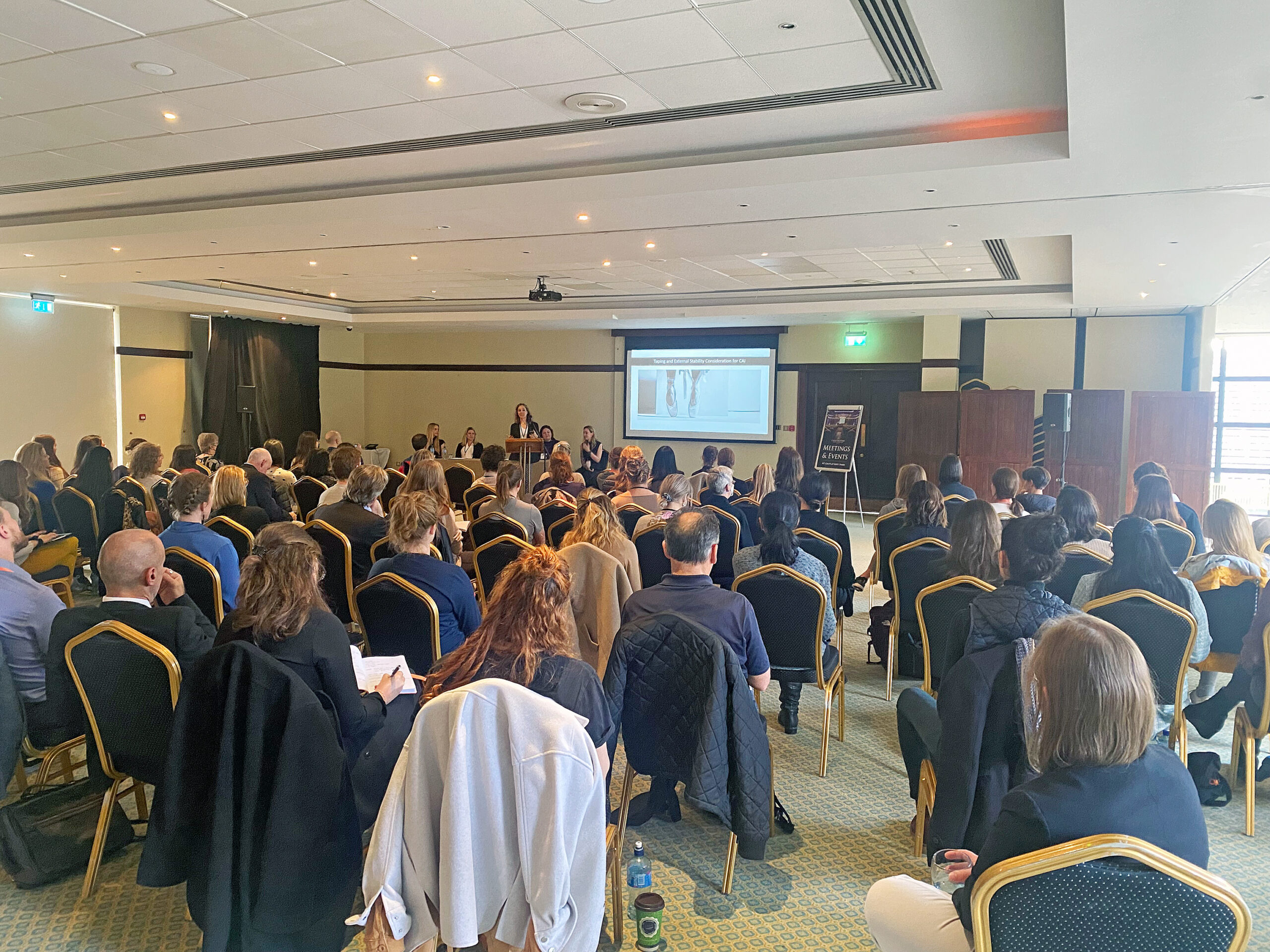Highlights of the 32nd Annual IADMS Conference
Mental health led the conversation at the International Association for Dance Medicine & Science’s 2022 conference, held at the University of Limerick, in Ireland. The 32nd annual conference was exuberant, with 492 dance medicine specialists, researchers and teaching artists attending in person and an additional 152 participating virtually. Held in a hybrid format for the first time, the international conference returned to being an in-person event after a two-year hiatus due to the COVID-19 pandemic.
The focus on mental health was a notable shift: While past conferences have featured a handful of presentations related to mental health, the subject was on par with presentations relating to training, biomechanics and medical topics in 2022. The inaugural Linda and William Hamilton Annual Dance Wellness Symposium, held as part of the conference, contributed to the increase by providing awards to three presentations that demonstrated collaborative research encompassing physical and mental health.
Leaders in the field of dance medicine and science presented data, panel discussions and movement sessions on a vast array of topics over four days. Among the many points of discussion were resilience and confidence, body image, sexual abuse in dance, approaches to treating dance injuries, the positive impact of dance for nondancers and the ever-hot topic—should your heels touch the floor in plié?
Takeaways From 2022 IADMS Conference Presentations
- A 2021 survey of 96 professional ballet dancers in Germany found that 24% had symptoms of depression, 34% generalized anxiety disorder, 10% eating disorders, 9% were severely underweight and 64% had sleep problems. (Astrid Junge, Grit Reimann, Anja Hauschild)
- A series of six studies on the effect of the mirror on body image on beginning ballet students found (in part) that students who trained without mirrors, or with partial use of mirrors, felt better about their body image than students with full mirror access. In addition, students who trained without a mirror showed more technical growth in the performance of an adagio phrase than students who trained with a mirror. (Sally A. Radell, Mara P. Mandradjieff, Smrithi R. Ramachandran, Daniel D. Adame, Steven P. Cole)
- A survey of 106 undergraduate dance students training primarily in ballet and contemporary dance found that around 30% of the dancers may be at risk of, or are currently experiencing, disordered eating/exercise behaviors. Notably, 21% of those dancers stated that the behaviors began during the pandemic and 79% stated that this occurred prior to the pandemic. Instances of disordered eating and exercise behaviors were noted across all body weights and sizes and not limited to the thinnest dancers. (Kathryn Peters, Jasmine Challis)
- A study by Dance/USA looked at injury rates across a variety of factors in 15 professional dance companies between 2017 and 2020. They found (in part) that companies with 30–39 dancers had higher rates of injury than those that were smaller or larger, and that injury rates increased as the number of different choreographers the dancers worked with increased. Dancers were more likely to be injured doing repertoire that was choreographed between 100 and 124 years ago. (Gary Galbraith)
- One study addressed a persistent question in ballet: Should a dancer’s heels touch the floor in plié before a jump? The researchers found that with heels on the floor, dancers achieved a higher vertical jump; and with heels up, they increased the speed of their movement. The research suggests that having heels on the floor works in favor of some jumps and in disfavor of others. (Bárbara Pessali-Marques, Wanessa de Assis Souza)
- Despite the assumption that hypermobile dancers have poorer balance than non-hypermobile dancers, a study of 85 collegiate dancers found that there was not a notable difference in the balance of hypermobile dancers compared to their peers. Researchers questioned if this is because there isn’t a mechanical difference in their ability to balance, or if dancers at this level had found ways to compensate for their hypermobility to achieve the same level of balance. (Allegra Romita)
IADMS’ 2023 gathering of dance science specialists will take place October 12–15 in Columbus, Ohio. IADMS members receive discounted conference registration, which includes reduced costs for students and dancers who wish to attend. The 2024 conference will take place in Rimini, Italy.




